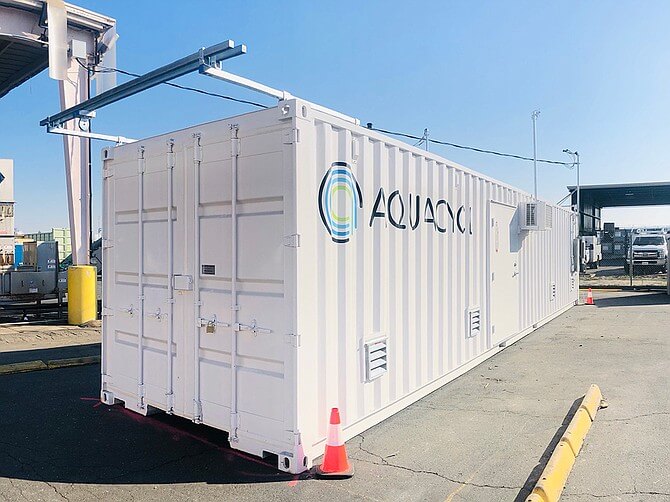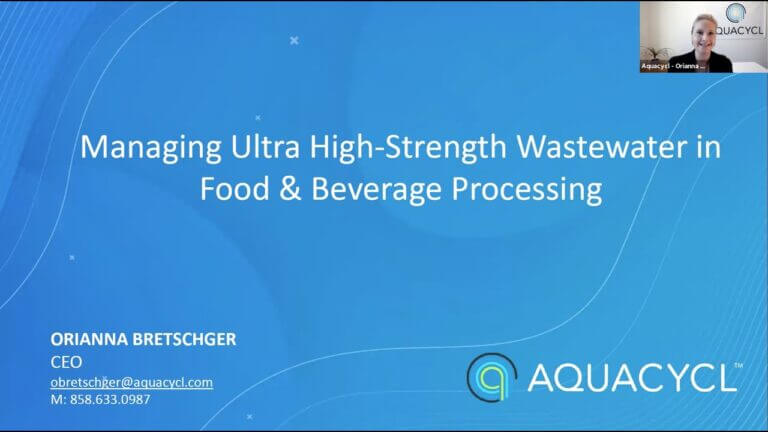One of the most dangerous—and often underestimated—threats in industrial wastewater management is hydrogen sulfide (H2S) gas. This invisible, toxic gas is more than just a nuisance; it’s a serious hazard that can wreak havoc on your operations, endanger your workers, and lead to severe regulatory penalties.
As industries strive to maintain safe and efficient facilities, the importance of addressing H2S cannot be overstated. Since it can naturally build inside of wastewater tanks, if H2S isn’t currently addressed in your wastewater management, it needs to be evaluated.
This blog will explore the insidious nature of H2S gas, the risks it poses, and why your facility needs a reliable solution for hydrogen sulfide removal.
What is Hydrogen Sulfide Gas?
Hydrogen sulfide, commonly known as H2S, is a colorless gas that naturally forms in wastewater tanks and collection systems through the bacterial breakdown of organic material and reduction of soluble sulfate. While the gas may seem like a minor issue at first glance, its presence in industrial wastewater can have significant repercussions.
Hydrogen sulfide is notorious for its toxicity. Even at low levels, H2S is capable of causing eye irritation, coughing, and throat discomfort. But that’s just the beginning. As concentrations rise, so do the risks—breathing problems, loss of consciousness, and, in extreme cases, fatalities.
Beyond its impact on human health, H2S is also highly corrosive, causing damage to metal structures, equipment, and pipelines. It will eat away at metal pipes and equipment like acid, leading to costly repairs and potentially catastrophic failures. The gas’s pungent odor is yet another challenge, making it unpleasant for workers and nearby communities and contributing to the overall negative perception of a facility.
Risks to Health and Safety
The health and safety risks associated with H2S exposure are profound. When workers are regularly exposed to even small amounts of this gas, they can experience symptoms ranging from mild irritation to severe respiratory issues. In industrial settings, H2S concentrations can vary, the risk of exposure is ever-present.
For example, a worker encountering a poorly ventilated area where H2S has accumulated may be exposed to dangerous levels of the gas without even realizing it. This can lead to sudden dizziness, headaches, and in more severe cases, respiratory failure or unconsciousness.
These health risks also translate into safety hazards. High concentrations of H2S can create a volatile environment, increasing the risk of explosions if the gas comes into contact with an ignition source. This combination of health and safety risks makes H2S one of the most dangerous substances found in industrial wastewater and why hydrogen sulfide removal from wastewater tanks and collection systems is necessary.
Regulatory Pressures
Given the significant risks associated with H2S, it’s no surprise that there are strict regulations governing its emissions. Regulatory bodies, such as the Occupational Safety and Health Administration (OSHA) in the United States, have established stringent limits on the permissible exposure levels for H2S in the workplace. These regulations are there to protect workers and ensure that industrial facilities maintain safe operating conditions.
Facilities that fail to control H2S emissions risk facing hefty fines, legal actions, and in severe cases, shutdowns until meeting compliance. In 2022, then again in 2024, an industrial manufacturing plant that was found to be in violation of H2S emission limits faced not only a significant financial penalty and was forced to implement costly corrective measures to bring its H2S levels back within acceptable limits (The Allegheny Front).
Non-compliance with regulatory standards can send a cascade of risks to your facility, extending beyond fines to reputational damage and even production shutdowns. Facilities from coke works, oil & gas, waste management, recycling, utilities, and even food & beverage manufacturing cannot afford to overlook the importance of effective hydrogen sulfide removal.
Impact on Operations
Corrosion from H2S can lead to unexpected equipment failures, bringing your production line to a screeching halt. Every minute of downtime costs you money, and when you factor in emergency repairs, lost productivity, and the potential for more serious incidents, the bill starts to look pretty steep.
But it’s not just about the money. When your facility isn’t running at full capacity, your reputation takes a hit. Customers start to wonder if they can rely on you, and competitors are more than happy to step in and take your business.
And let’s not forget your employees. Working in an environment where H2S is a constant threat leads to high turnover, absenteeism, and decreased productivity. In the long run, these issues can drag your entire operation down, making it harder to compete in an already tough market.
What Are Your Options for Hydrogen Sulfide Removal?
The good news is that you don’t have to live with the threat of H2S. But doing nothing isn’t an option. As the risks of H2S become clearer, so does the need for a solution that works. If you are in a business that generates or treats wastewater, then you need technology that not only provides hydrogen sulfide removal but does so in a way that’s efficient, cost-effective, and easy to maintain.
In the coming weeks, we will be unveiling a comprehensive solution designed specifically to address the challenges of H2S in wastewater tanks. This innovative technology not only eliminates H2S more effectively than traditional methods but will also do so in a way that is energy-efficient, low-maintenance, and cost-effective.
We’re about to turn the tide on H2S, and you’ll want to be the first to know how to protect your facility from this silent threat. Prepare now to take control of your H2S management with the latest advancements in wastewater management technology. Your facility—and your bottom line—depend on it. Stay tuned for more details in the coming weeks.
Sign up to be the first to know of the product that’s revolutionizing H2S removal:











